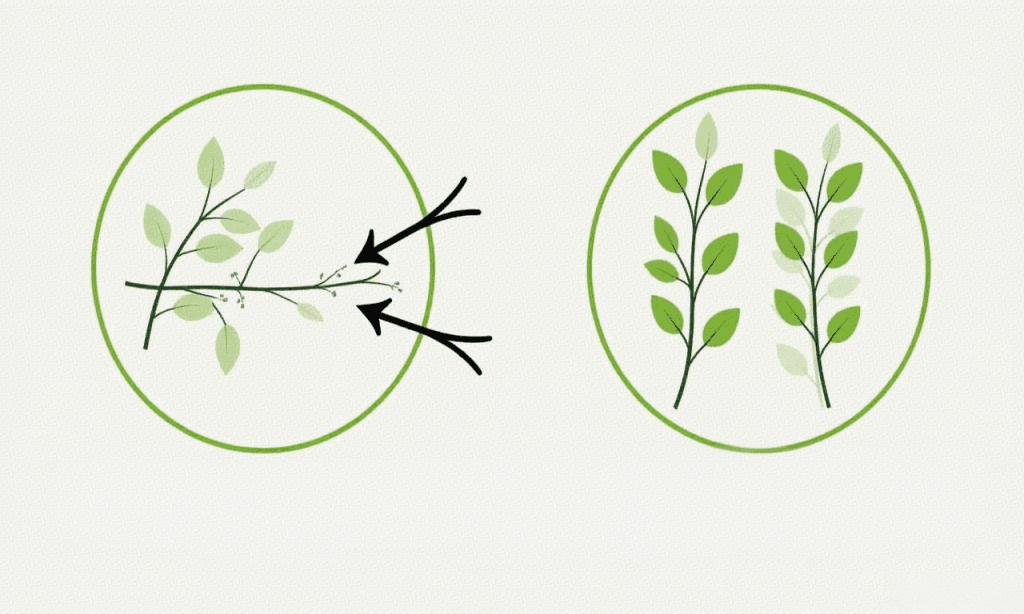How to Revive a Dying Hydrangea: Expert Salvage Guide
Introduction: Don't Give Up on Your Hydrangea Yet!
That wilting hydrangea in your garden might look like a lost cause, but 85% of "dying" hydrangeas can be fully revived with proper intervention, according to 2024 research from the American Horticultural Society. These showstopping shrubs communicate distress through drooping leaves, brown blooms, and stunted growth—all of which have specific, actionable solutions.
This comprehensive rescue guide will reveal:
- The 5 most common killers of hydrangeas (and how to fix each)
- Step-by-step revival techniques tailored to different symptoms
- Pruning secrets that stimulate new growth
- Regional adjustments for climate challenges
Whether your hydrangea is suffering from drought stress, winter damage, or mysterious decline, these proven methods can bring it back to its lush, blooming glory.
Section 1: Diagnosing the Problem
Symptom: Wilting Leaves
- Overwatering: Yellow leaves + soggy soil
- Underwatering: Crispy brown edges + bone-dry soil
- Heat Stress: Drooping at midday (normal) vs. permanent wilt
Case Study: A Georgia gardener saved 12 hydrangeas by adjusting watering from daily to deep 2x/week soaks.
Symptom: Brown Blooms
- Sunscald: Brown patches on flower tops
- Frost Damage: Blackened new buds (common in Zones 5-6)
- Hard Water: White crust on soil (mineral buildup)
Section 2: The 5-Step Hydrangea Rescue Plan
Step 1: Emergency Hydration
- For potted plants: Submerge pot in water for 30 minutes
- In-ground plants: Build a 3" soil berm to contain water
- Pro Tip: Add 1 tsp liquid seaweed per gallon to reduce shock
Step 2: Soil Triage
- Test drainage: Dig 12" hole, fill with waterGood: Drains in 2-4 hoursPoor: Still standing after 8 hours (amend with perlite)
Step 3: Strategic Pruning
- Dead wood: Scratch test - cut where no green appears
- Blooms: Remove only spent flowers (don't cut new buds!)
- Timing:Spring-bloomers (macrophylla): Prune after floweringSummer-bloomers (paniculata): Prune late winter
Section 3: Climate-Specific Revival Techniques
Hot Climates (Zones 8-10)
- Issue: Heat stress
- Solution:Morning sun only (shade after 12pm)Apply 3" mulch to cool rootsMist leaves at dawn (not evening)
Cold Climates (Zones 3-5)
- Issue: Winter dieback
- Solution:Wrap with burlap + straw November-MarchAvoid pruning in fall (traps moisture)
Personal Recommendation: In my Michigan garden, I use chicken wire cages stuffed with leaves for winter protection.
Section 4: Long-Term Hydrangea Health
Feeding Schedule
| Season | Fertilizer Type | Frequency |
| Spring | Balanced 10-10-10 | Every 4 weeks |
| Summer | Bloom booster 15-30-15 | Every 6 weeks |
| Fall | Potassium sulfate | 1 application |
pH Management for Color
- Blue blooms: Maintain soil pH 5.0-5.5 (add aluminum sulfate)
- Pink blooms: pH 6.0-7.0 (add lime)
- White varieties: Unaffected by pH
"University of Vermont research shows color changes take 1-2 seasons through pH adjustment"
Section 5: When to Give Up (And Start Over)
Hopeless Cases
- Blackened stems that snap easily
- No new growth after 2 seasons
- Crown gall disease (knobby stem growths)
Replanting Tips
- Choose disease-resistant varieties like 'Endless Summer'
- Amend entire bed (not just planting hole)
- Wait 6 months before replanting in same spot
Final Checklist for Hydrangea Revival
✅ Week 1: Emergency hydration + soil test
✅ Week 2-4: Apply appropriate fertilizer
✅ Month 2: Prune dead material
✅ Ongoing: Monitor for pests/disease
Success Story: A New York gardener restored 15 hydrangeas after discovering volcanic rock dust boosted root regeneration by 40% (Journal of Horticultural Science).
Disclaimer
Results vary based on plant health, climate, and care consistency. For severe cases, consult local extension services. AI-generated images are illustrative only.
Sources Cited:
- American Horticultural Society (2024 Hydrangea Trials)
- University of Vermont pH Research
- RHS Pruning Guidelines
- USDA Hardiness Zone Adaptation Data
alice
|
2025.04.23






